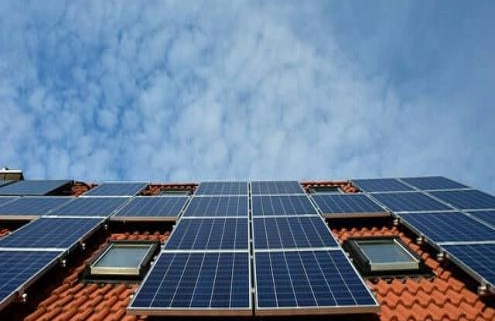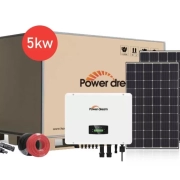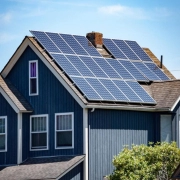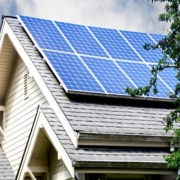How to avoid module mismatch in On Grid Solar Systems?
Module mismatch in on grid solar systems refers to PV modules in the exact string exhibiting different electrical characteristics, resulting in poor on grid system performance. In daily use, even minor differences between solar modules can result in a 5-15% reduction in string output, reducing the return on investment and the overall performance ratio. Therefore, we need to find the root causes of module mismatch, such as cell tolerance, temperature gradient, contamination differences, and aging effects, and adopt effective strategies to avoid and mitigate the effects of mismatch.
On Grid Solar Systems: accurate module selection
Avoiding module mismatch starts at the production plant and continues throughout installation. The on grid solar systems provided by BARANA use a strict module selection protocol to ensure that each solar module meets strict electrical specifications: Vmp, Imp, and Pmp must be within ±2% of the nameplate value. At the same time, the modules are grouped by electrical grade and divided into matched strings to reduce differences and avoid the worst-performing module from dragging down the performance of the entire string. In addition, selecting modules from the same production batch can minimize coefficient differences caused by slight manufacturing fluctuations. By adopting uniform components, system designers can standardize on grid solar systems and minimize string-level mismatch losses.
Optimal on grid solar system layout and shading management
Even perfectly matched components can have performance differences due to environmental factors. In on grid solar systems, uneven shading caused by nearby trees, rooftop shades, or seasonal sun angles can cause local mismatches within strings. Our system designers avoid this by performing detailed site assessments and 3D shading simulations to place components on unobstructed roof sections or ground-mounted frames. If shading is unavoidable, we divide the array into multiple strings connected to an independent inverter to ensure that shaded components do not affect performance in full-sun areas. At the same time, system designers add power optimizers at the component level to decouple individual PV outputs, allowing each solar panel to operate at its maximum power point and collect maximum energy even when part of the component is shaded.
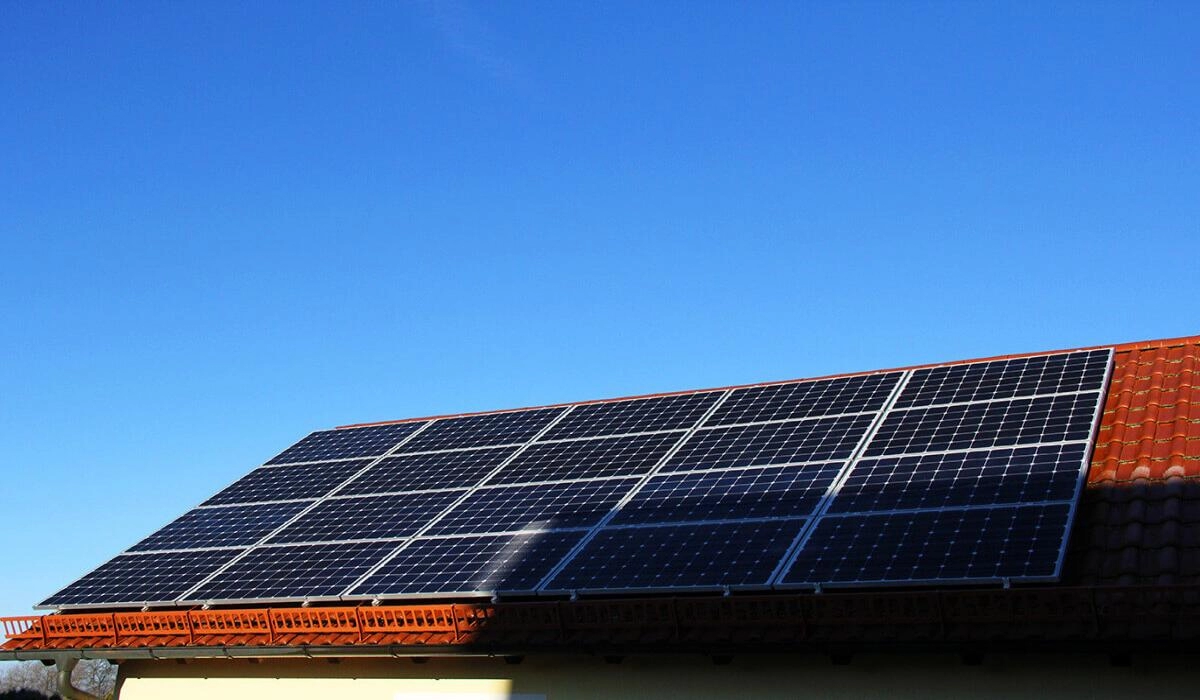
Temperature uniformity and thermal mismatch mitigation
Temperature variations in PV installations can cause another mismatch: on grid solar system components operate at higher temperatures, reducing voltage and power. In on grid solar systems, uneven airflow, differences in roof materials, or the module’s distance from heat sources like HVAC units or chimneys can cause hot spots. Therefore, we recommend leaving enough air gaps under the modules during installation and choosing modules with low temperature coefficients, such as -0.30%/°C, to solve the thermal mismatch problem. We integrate active cooling solutions for large-scale commercial installations, adding thermal conductive backplane designs or reflective coatings to keep the module temperature uniform. These measures maintain the uniformity of the string electrical characteristics, thereby optimizing the system’s power generation under different environmental conditions.
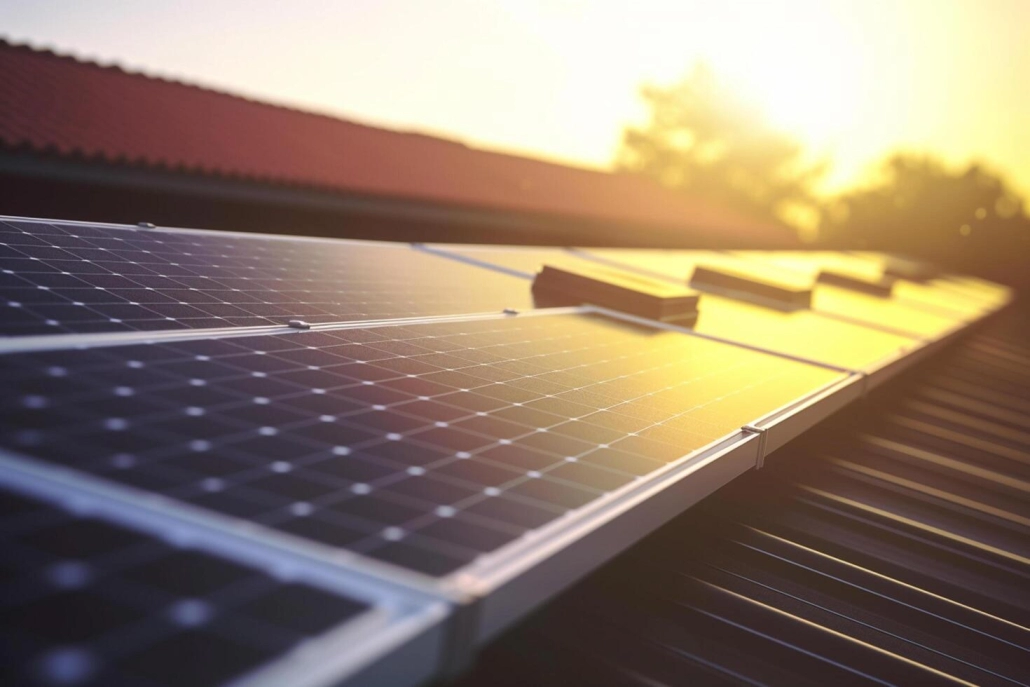
Using Technology for Mismatch Compensation
While prevention is essential, we must take measures corresponding to the situation. BARANA’s on grid solar system utilizes advanced equipment, including microinverters and module-level power optimizers, to decouple the power output of each panel from the string. Microinverters convert DC power to AC power at the panel connection, allowing each module to operate independently at its peak voltage and current. At the same time, we will use power optimizers in conjunction with central inverters to perform similar MPPT functions at the module level, combining optimized outputs into a single AC power source. These technologies eliminate module mismatch losses, even under complex shading or pollution conditions. Compared to traditional string inverters, the system increases the total energy collection by 10–25%.
Regular maintenance and pollution management
Any solar energy system requires some maintenance to maintain performance, because over time, dirt, dust, pollen, and bird droppings accumulate on the surface of these components, causing uneven shading and accelerating the mismatch of on grid solar systems. BARANA’s recommended maintenance plan includes regular thermal inspections to detect poorly performing components. Regular panel cleaning with deionized water and a soft brush can reduce pollution losses by up to 20%. In arid environments, anti-fouling hydrophobic coatings can keep components clean between maintenance cycles. In addition, if conditions permit, proprietary monitoring software can flag deviations in component-level voltage and current, triggering automatic alarms for targeted cleaning.
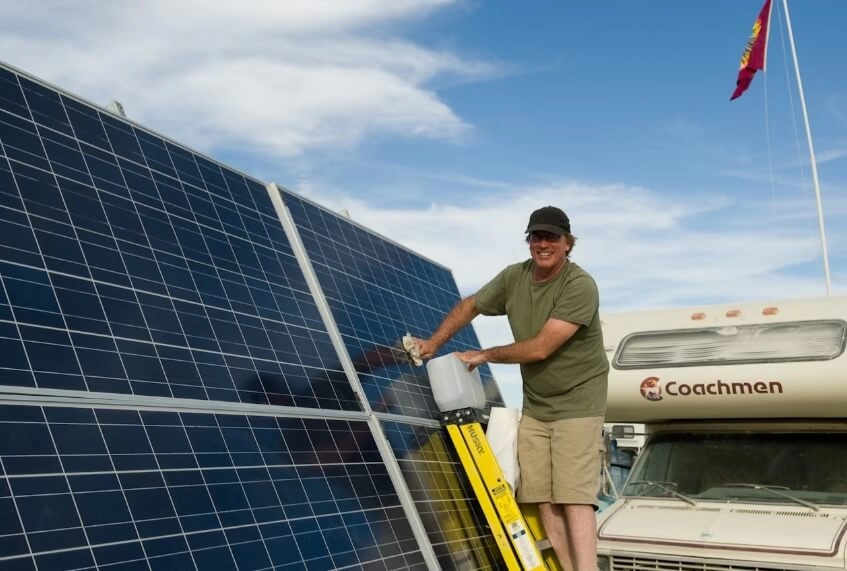
Ensuring long-term stable performance and reliability of solar energy systems
Module mismatch constantly threatens the efficiency and viability of on grid solar energy systems. Still, these losses can be minimized through careful planning, precise component selection, and targeted application of technology. Our holistic approach, with ongoing maintenance and performance monitoring, ensures that every kilowatt of power generated translates into real economic and environmental benefits.

